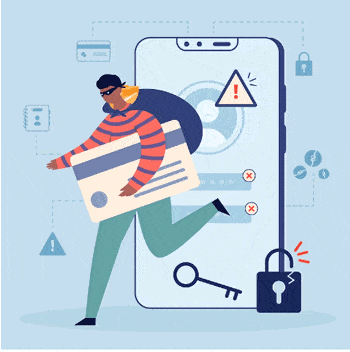SSD Data Recovery Kenya Price
The cost of SSD data recovery in Kenya can range in price from Kenya Shilling 15,000 to Kenya Shilling 100,000 or More. However, this depends on a number of factors, including the severity of the damage, the type of data being recovered, data encryption and the desired turnaround time.
NB: These are just estimates for guidance purposes, for actual data recovery costs an in-lab diagnosis will be required.
SSD Data Recovery Cost in Kenya Nairobi
Solid-state drives (SSDs) are becoming increasingly popular due to their speed, durability, and reliability. However, like any other storage device, SSDs can still fail and cause data loss. If you experience SSD data loss, it is important to work with a professional data recovery company in kenya to recover your data.

Factors that Affect SSD Data Recovery Cost
Here are some of the factors that can affect the cost of SSD data recovery:
- Severity of the damage: If the SSD has suffered physical damage, such as a fire or flood, the cost of recovery will be higher.
- Type of data being recovered: Some types of data, such as photos and videos, can be more difficult to recover than others.
- Desired turnaround time: If you need your data recovered quickly, you may be charged an additional fee.
How to Choose a Data Recovery Company
When choosing an SSD data recovery company, it is important to consider the following factors:
- Experience: Choose a company with experience in recovering data from SSDs.
- Success rate: Ask about the company’s success rate in recovering data from SSDs.
- Cost: Get quotes from multiple companies before making a decision.
- Guarantee: Make sure the company offers a guarantee on their services.
Tips for Preventing SSD Data Loss
Here are some tips for preventing SSD data loss:
- Back up your data regularly: The best way to protect your data is to back it up regularly to a cloud storage service or external hard drive.
- Keep your SSD firmware up to date: Firmware updates can help to improve the performance and reliability of your SSD.
- Avoid overheating your SSD: SSDs can be sensitive to heat, so it is important to avoid overheating them.
- Handle your SSD with care: SSDs are delicate devices, so it is important to handle them with care.
Conclusion
If you experience SSD data loss, it is important to work with a professional data recovery company in nairobi to recover your data. The cost of SSD data recovery can vary depending on a number of factors, but it is important to choose a company with experience in recovering data from SSDs and a good success rate.
Here’s some more useful resources on SSD Data Recovery Kenya Price
https://www.linkedin.com/pulse/ssd-data-recovery-kenya-price-east-africa-hi-tech-solutions/
https://www.reddit.com/user/DazzTech/comments/16tj67x/ssd_data_recovery_kenya_price/
https://www.quora.com/profile/East-Africa-Hi-Tech-Solutions-Limited/SSD-Data-Recovery-Kenya-Price









